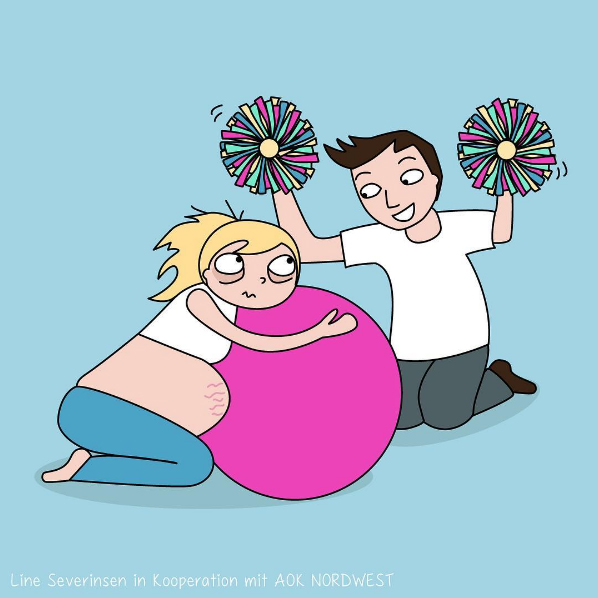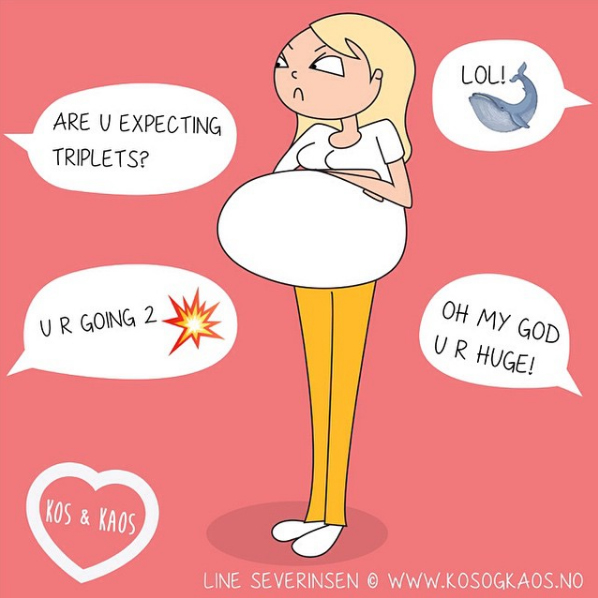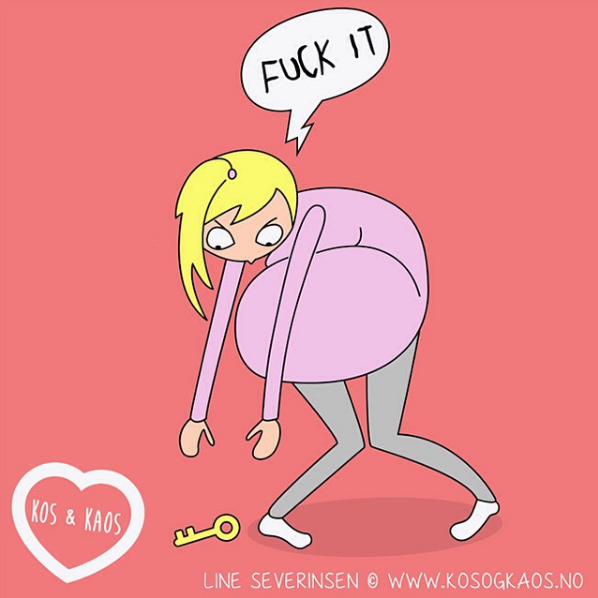Pain in the ovaries can have many causes: can represent a pregnancy symptom, or be related to ovulation or to different phases of the period. In severe cases it can represent one of the symptoms of gynecological pathologies such as ovarian cancer, pelvic inflammatory disease, polycystic ovary syndrome or others. In these situations, as well as with confirmed pregnancy, the pelvic pain it should never be underestimated: you must immediately contact a specialist for the necessary investigations.
Il pain in the lower abdomen, the main symptom with which this discomfort occurs, can also be related to problems related to premestural syndrome.
The ovaries are none other than two glands which are located to the right and left of the uterus and have a length of approx 4 cm. It is the ovaries that produce, in addition to hormones, oocytes that we excrete during menstruation or that can be fertilized by spermatozoa e lead to pregnancy.
Pain in the ovaries can strike both sides of the lower abdomen, or manifest only on the left or right side. This can be sudden pain, a sharp cramp, or persistent and prolonged but less intense pelvic pain. Pain can then be accompanied by white vaginal discharge or blood loss, based on the cause that caused it. Let's analyze all the possible origins of the disorder together to understand how to behave.

Pain in the ovaries and menstruation
Pelvic pain may be present in different stages of our menstrual cycle. Before menstruation it is completely physiological: it occurs in women during ovulation, when the follicle releases the mature oocyte which then moves into the fallopian tubes. If you happen to experience pelvic pain around the 14st day from the last menstruation, the cause will certainly be this.
Pain in the ovaries during menstruationinstead, it is due to the contraction of the uterus itself and the corpus luteum, a gland that - once ovulation has taken place - produces progesterone and estrogen to prepare for a possible pregnancy. If fertilization does not take place, the corpus luteum is reabsorbed, but - in the event that this absorption does not occur - it can generate a luteal cyst that causes pelvic pain. Also in this case there is nothing to worry about: the pain will go away as soon as the corpus luteum is reabsorbed.
If the disturbance during the menstrual cycle were to result really very intense and accompanied by a particularly abundant flow, it is always good to contact your gynecologist for i due investigations.
If the discomfort presents, however, in the days following menstruation, it could be due to a new maturation of the follicles or an early ovulation. Again, don't worry, but it's okay contact your gynecologist if the pain is very intense and persistent.
Finally, pain in the ovaries can represent one of the symptoms of premenstrual syndrome, from which many women suffer. Here is a video explaining what the 5 fundamental signs to understand if you also suffer from PMS:
Pain in the ovaries in pregnancy
Lower abdominal pains are one of the first symptoms of pregnancy. In fact, they can occur from the first weeks of pregnancy and are completely physiological. They are caused by the hormonal changes due to the changes taking place in the female body. Many women happen to mistake them for normal lower abdomen discomfort precede the arrival of menstruation, from which - in fact - they do not differ.
If pelvic pain, however, occurs in the second or third quarter pregnancy, it will be good to contact your doctor immediately, because it could represent a symptom of the following problematic situations: presence of a uterine fibroid (a benign ovarian tumor), a miscarriage or an ectopic pregnancy (when the fetus does not develop inside the uterus).
Pay particular attention if the pain becomes very intense and if there are any blood loss: in these cases it is advisable to go directly to the emergency room.

Other possible causes
Among the other possible gynecological reasons for pelvic pain we find first of all polycystic ovary syndrome: it is a hormonal disorder that presents with an irregular cycle, excessive hair growth and android obesity - all symptoms related to the high presence in the blood of male hormones. Women who suffer from it can have symptoms of varying intensity, including - in fact - pelvic pain.
Another possible cause is the presence of ovarian cysts and in particular dermoid cysts, a benign tumor that can affect only one or both ovaries. Ovarian cysts usually they are asymptomatic, but those dermoids it is not uncommon for them to cause pelvic pain and blood loss, as well as irregularities in the cycle.
Pain, again, can be a symptom of Pelvic inflammatory disease, a bacterial infection involving women's reproductive organs (uterus, fallopian tubes and ovaries), usually due to the spread of an infection from an adjacent organ (such as the appendix in case of appendicitis), blood or vaginal region.
Finally, pelvic pain can be due to endometriosis or in the presence of ovarian cancer.
For more scientific information on the subject, you can consult the site of the Alessandra Graziottin Foundation.



























































